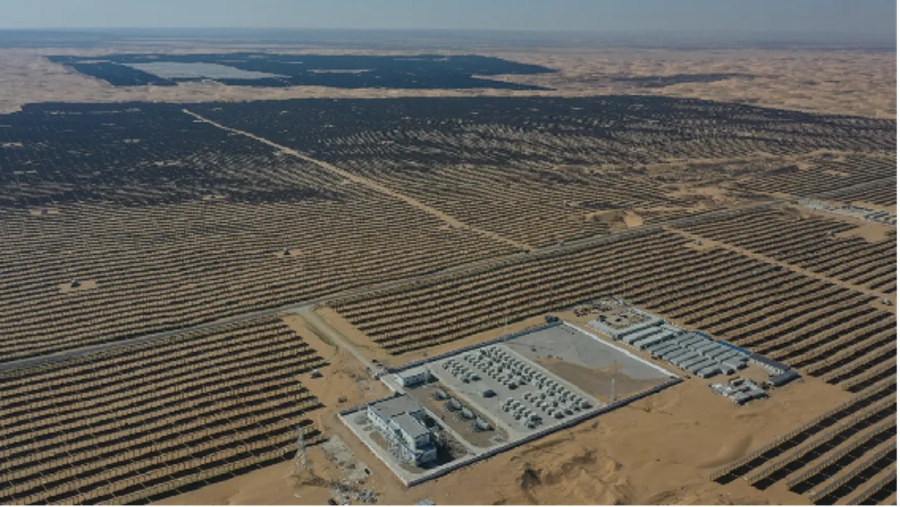India’s expanding battery ecosystem presents $42bn investment opportunity

An SBICAPS report expects India to increase its energy storage capacity 12-fold, to 60 GW, by March 2032, outpacing the already impressive growth pencilled in for renewable energy (RE) sources. The report adds that the evolving landscape of RE tenders reflects this trend, with a substantial uptick having occurred in the proportion of projects incorporating energy storage solutions, from 5% in fiscal year 2019/20 to 23% in 2023/24.
While pumped storage projects (PSPs) currently dominate small energy storage capacity in India, battery energy storage systems (BESS) will constitute the lion’s share by March 2030, helped by their locational flexibility, the promise of technological improvement reducing tariffs further, improving discharge characteristics, and rapid response time. BESS capacity will surge 375 times its March 2024 level, to 42 GW by March 2032, the report predicts.
The document said that developing the BESS ecosystem in India presents a vast funding opportunity, both at project level and for the upstream, manufacturing industry. The sector is set for a boom across the value chain – from BESS projects to cell manufacturing and cell component production. This would be aided by helpful government directives such as a waiver of interstate electricity transmission charges. An energy storage obligation and/or renewable purchase obligation could create a steep trajectory for electricity distribution companies (discoms) to adhere to.
Funding of the BESS ecosystem presents an INR 3.5 trillion opportunity through March 2032, with an INR 800 billion medium-term kicker provided by upcoming cell manufacturing capacity, added the report.

The document stated lenders funding BESS projects should consider critical variables such as the presence of a firm power purchase agreement (PPA) or power supply agreement from a credible discom; the project model, including co-location with renewables or being a standalone battery, and the battery cell technology in use.
Despite their long gestation period, any mismatch between a PPA and the lifetime of a BESS can exacerbate the risk of assets becoming “stranded.” PSPs will also see stellar growth, according to the report, owing to their low variable operating costs, absence of electronic waste, and ability to generate reactive power which improves grid stability. As a result, pumped storage will primarily be used for grid peak shaving and the volume of such sites will grow four times its March 2024 level, to 19 GW by March 2032.
From pv magazine India.













